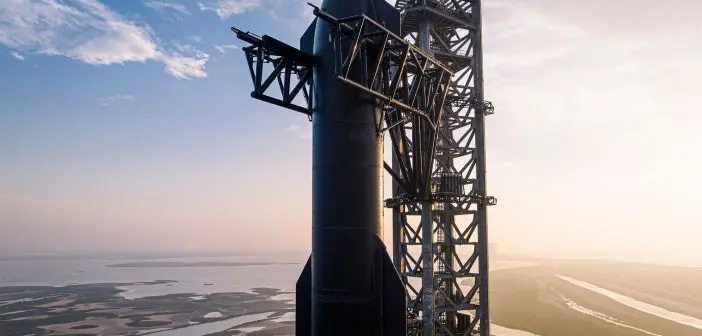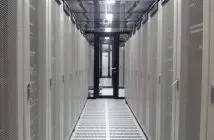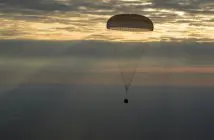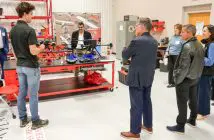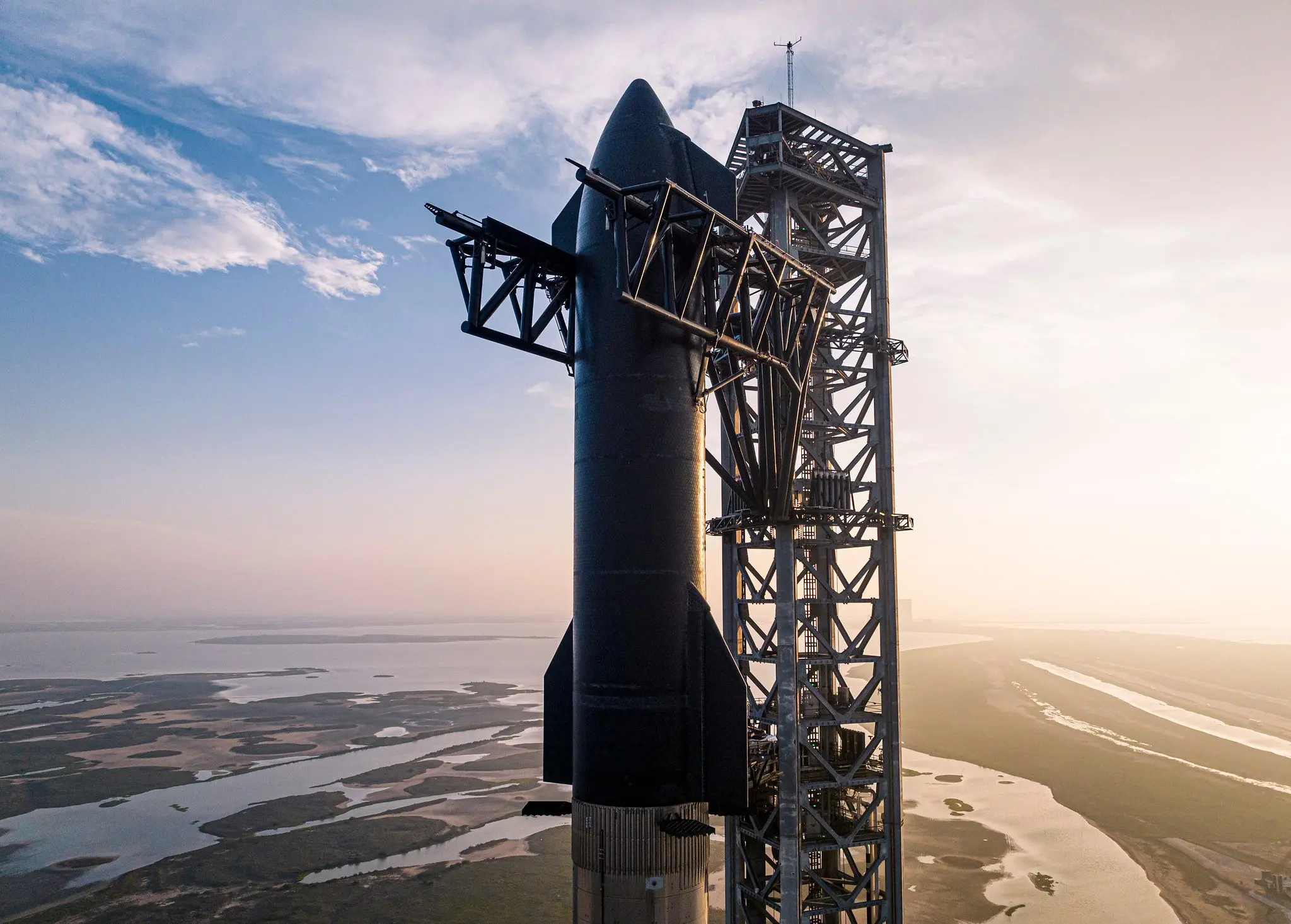
SpaceX expects its seventh Starship flight test to occur as soon as Tuesday, January 14 (AEDT). The launch window opens at 9.00 am.
SpaceX’s flagship Starship and Super Heavy Rocket is the world’s most powerful reusable launch vehicle. It can carry 150 metric tonnes in reusable mode and 250 metric tonnes in expendable mode. The last launch was in November.
To date, every Starship flight test has demonstrated new technologies. In October, SpaceX managed a singularly spectacular engineering feat, with the launch tower’s chopstick arms capturing the returning booster. SpaceX hopes to repeat this again this week.
SpaceX expects its launch vehicle to splash down off the Western Australian coast. The fifth and sixth flight tests also came down in the same area in October and November, respectively. Permission for this came about after extensive talks between SpaceX, Australian and US officials.
Australia’s re-entry role
SpaceX has a mixed track record with capsule returns. Some have returned relatively intact but broken up in the water (as the sixth mission did in November). Some have up burnt up on re-entry into Earth’s atmosphere. In the case of the fifth mission in October, the capsule exploded after hitting the water. SpaceX conducted salvage missions. NASA has also sent a jet to Perth to monitor the return this week.
Last year, SpaceX commissioned two Australian-registered tugboats, Limitless and Bhagwan Renegade, to collect the capsules and any debris from the water and bring it back to land. Both vessels are presently at Dampier.
Australia’s role in the Starship recovery missions is one outcome of the Technology Safeguards Agreement, which came into force in July 2024. The agreement allows US companies to carry out launch (and recovery) missions in Australia, knowing the technology and know-how involved will stay secure.
This week’s flight test will launch a new generation ship with significant upgrades. SpaceX will also attempt Starship’s first payload deployment test and fly multiple re-entry experiments geared towards ship catch and reuse.
SpaceX CEO Elon Musk posted pictures on X of the 123-metre launch vehicle and rocket being moved to the launch pad on the weekend.
Another attempt at a chopsticks catch
Most of the attention will focus on whether SpaceX can perform another chopsticks catch of the booster when it returns to the launch pad. SpaceX wants to try it but warns that certain vehicle and pad criteria must be met prior to a return and catch of the booster.
“We accept no compromises when it comes to ensuring the safety of the public and our team, and the return will only take place if conditions are right,” the company says.
If conditions are not right, the booster will make a controlled splashdown in the Gulf of Mexico.
“This new year will be transformational for Starship,” reads a SpaceX statement on this week’s mission and the year ahead. “(We have) the goal of bringing reuse of the entire system online and flying increasingly ambitious missions as we iterate towards being able to send humans and cargo to Earth orbit, the Moon, and Mars.
SpaceX has scheduled its eighth Starship flight test in February.

